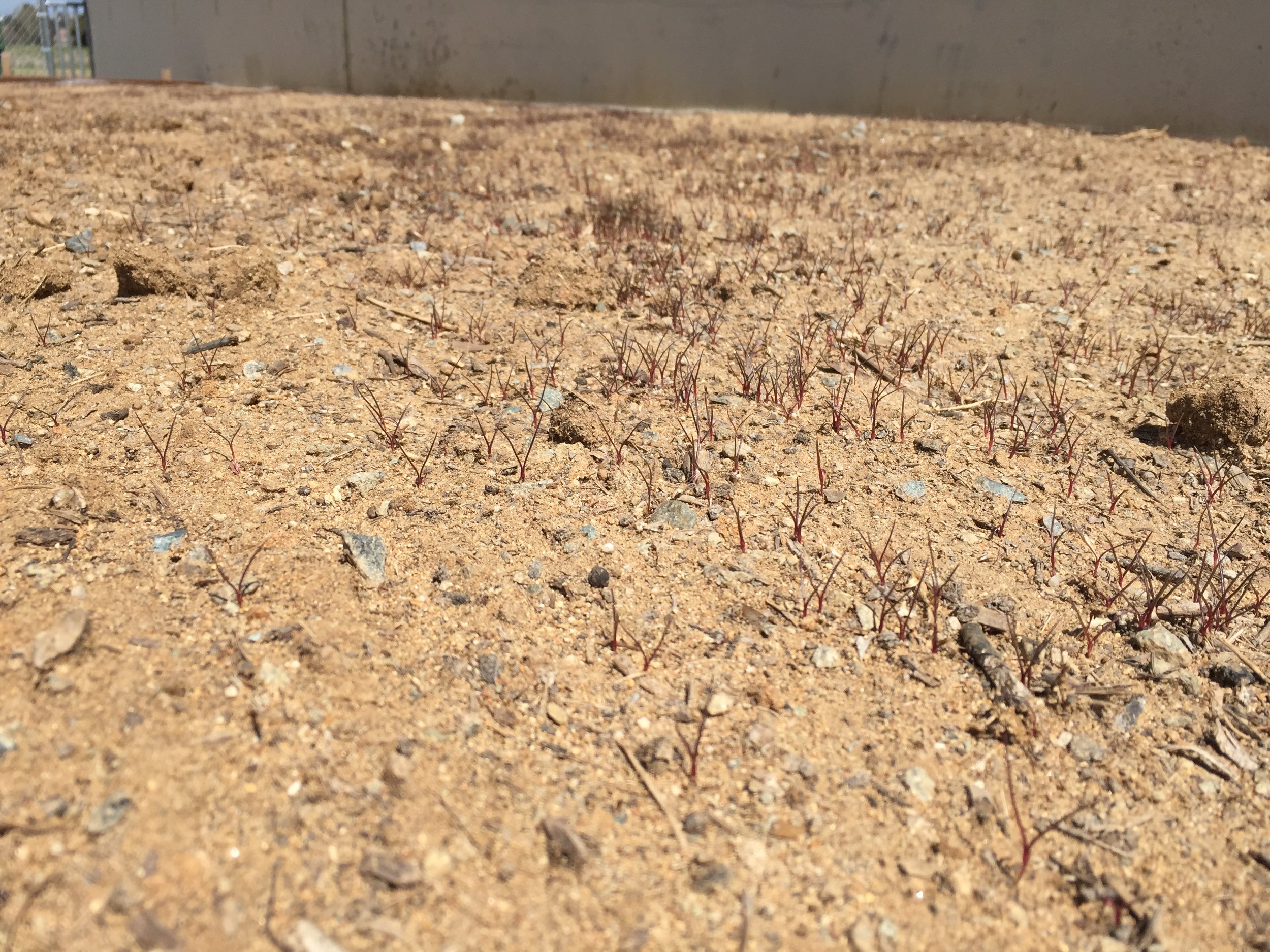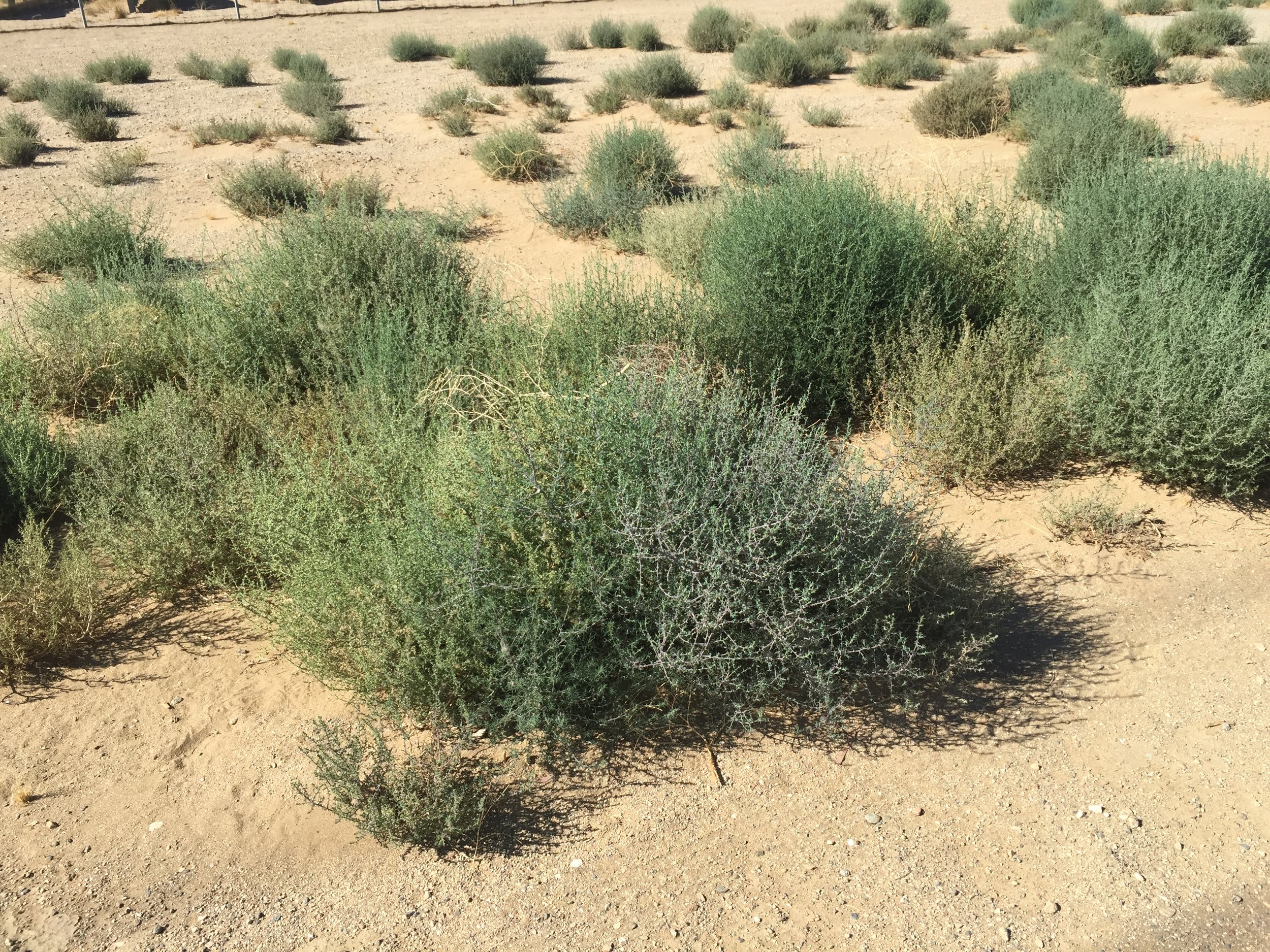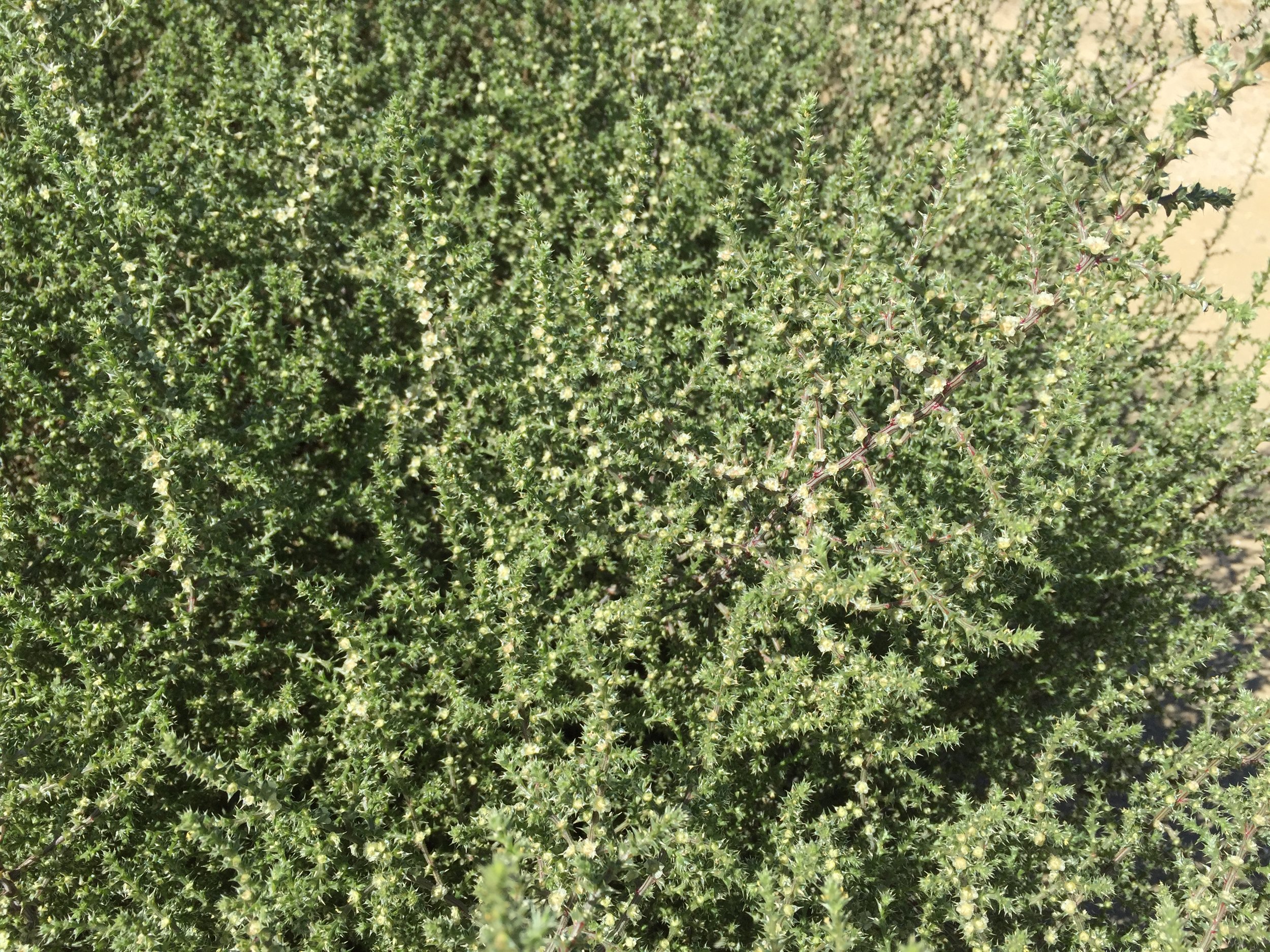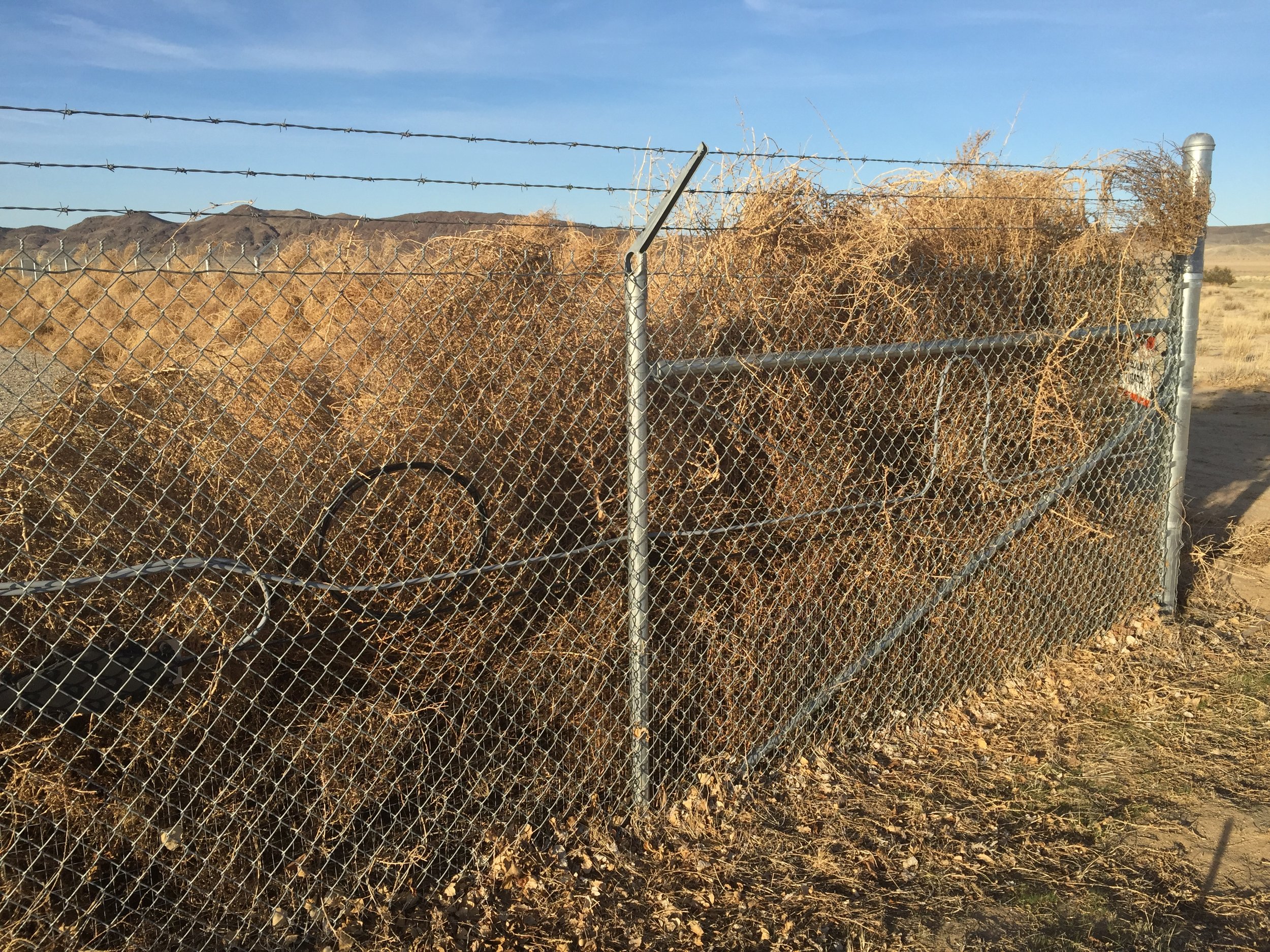Either you hate Russian thistle (Salsola spp.), or you haven't dealt with it. Commonly referred to as tumbleweeds (blown by the wind when they dry and break off from their stem), this plant is so common that it has become ubiquitous with the West. These primary invaders are found principally in areas with disturbed soil, where they can germinate and colonize quickly. If you are disturbing the ground (construction) and you can see Russian thistle from your site, chances are they will become your problem soon!




Russian thistle is an aggressive seed producer. One plant can produce thousands of viable seeds, each of which can be distributed by wind for miles. I once collected Russian thistle seed from a vacant lot where it was growing. The picture below represents the harvest from approximately three medium-sized plants!
Though viability of Russian thistle seed is short, it's quantity over quality (which can lead to nightmares at a site)
If you know or suspect that they will be a problem, pre-emergent herbicide applications are the most effective form of control. In many milder areas, these seeds can germinate as early as January. After this window, post-emergent herbicides should be included in the package for control. The use of mowing and grazing can be initially effective, but an extended growing season throughout the hot summer will usually require a season-long battle. If populations can be initially managed, reductions in Russian thistle may be achieved (though they may be a perennial problem in open areas that are often disturbed, such as roadsides). Developing an integrated (IVM) program will go a long way in preventing these plants from becoming a thorn (pun intended) in your side.

